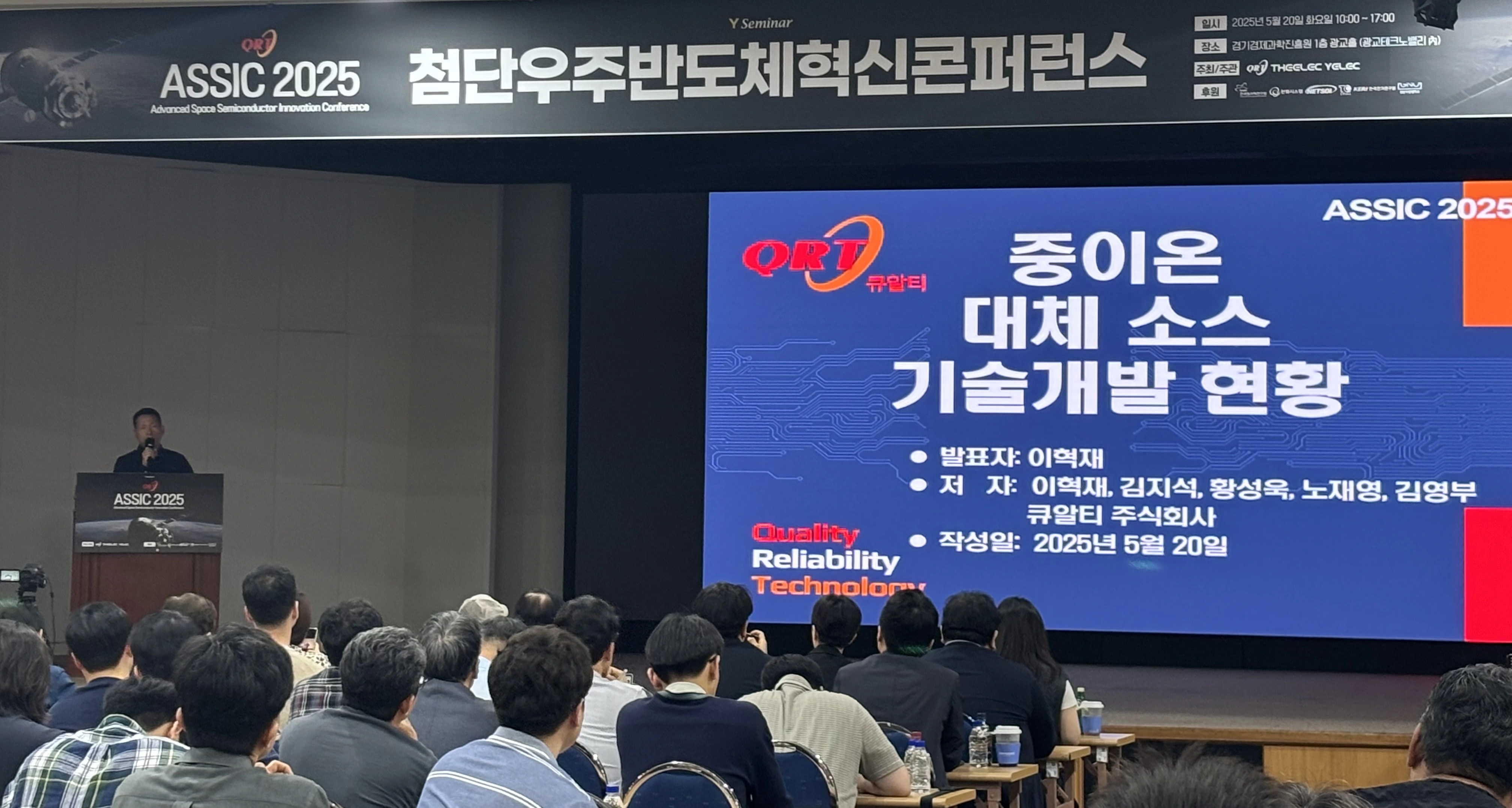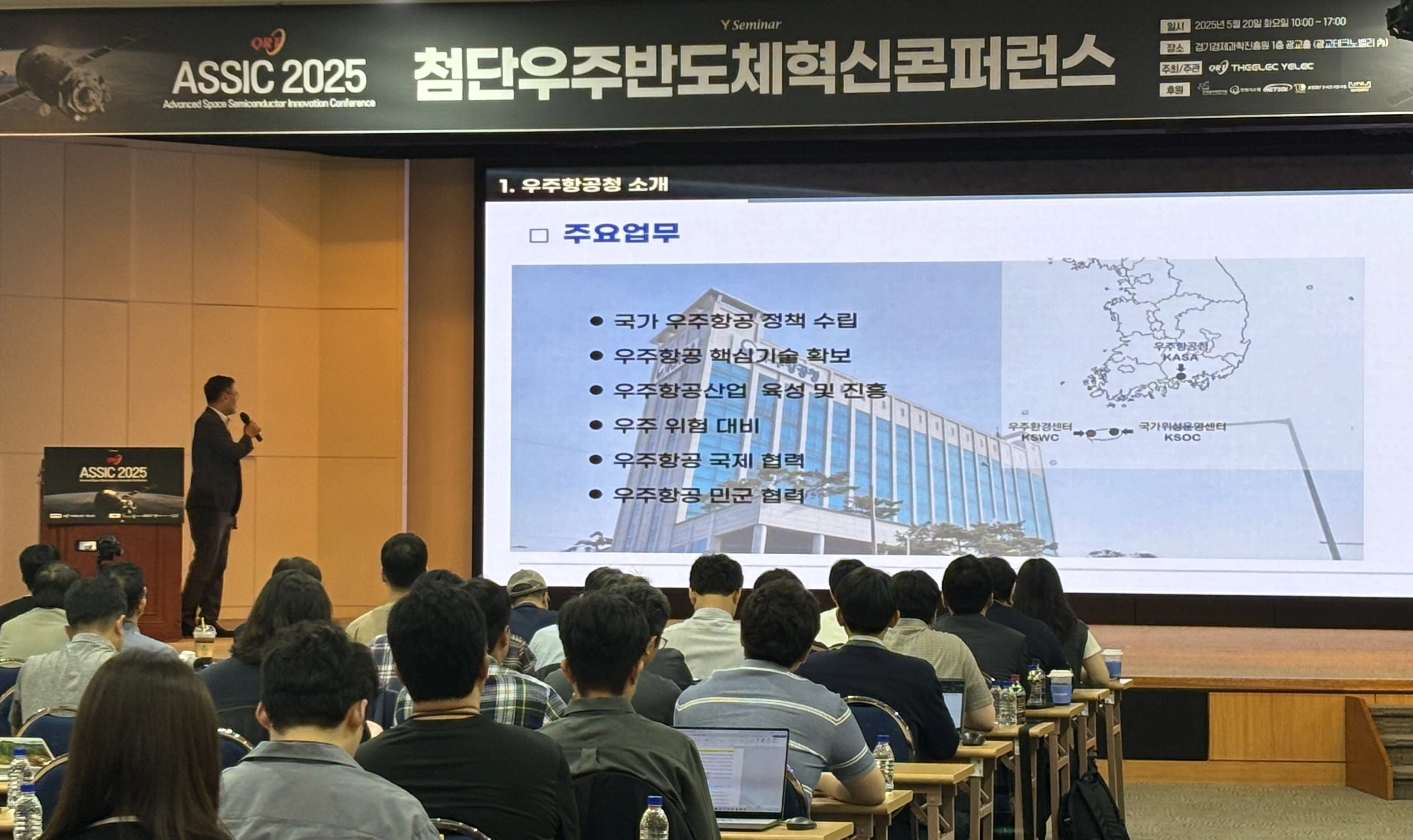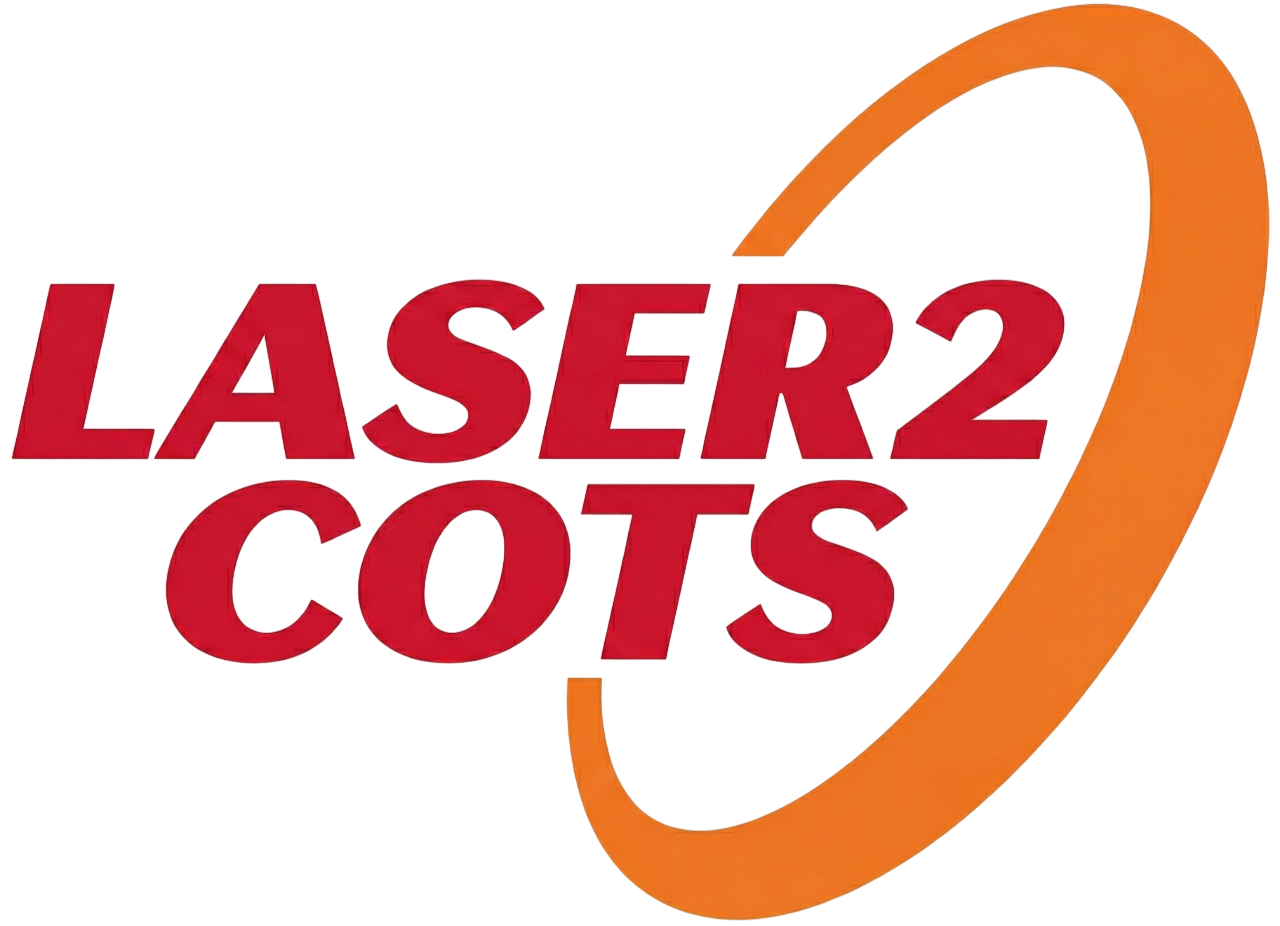ASSIC 2025 Review
May 21, 2025
On May 20, ASSIC 2025 was successfully held at the Gyeonggi Institute of Economic Science Promotion. The conference, themed around “Space Semiconductors,” brought together industry experts and stakeholders to share technical insights.
Approximately 300 participants attended ASSIC 2025, where 10 speakers shared their knowledge and perspectives.
Topics covered included the establishment of defense space certification systems, radiation tolerance of semiconductors, development of alternative heavy ion source technologies, and trends in COTS electronic component reliability.
The presentations by Mr. Deok-Hong Min of KAI and Dr. Hyuk-Jae Lee of QRT were particularly impressive.
Mr. Deok-Hong Min, Team Lead at Korea Aerospace Industries (KAI) - Trends in Reliability Development of COTS (Commercial Off-The-Shelf) Electronic Components
Mr. Min began by clearly defining the concepts of COTS and reliability, and explained the background behind the adoption of commercial electronic components in aerospace systems. He emphasized that the transition from traditional high-cost, high-spec space components to COTS allows for reduced costs and accelerated development.
He also detailed the benefits of COTS components in space applications, such as cost savings compared to space-grade parts, shorter procurement lead times, and the potential to utilize cutting-edge technologies. Furthermore, he systematically outlined the necessary reliability assurance strategies and evaluation standards for implementing COTS.
Dr. Hyuk-Jae Lee of QRT - Current Status of Alternative Heavy Ion Source Technology Development
Dr. Lee emphasized that QRT is the only company in Korea conducting radiation tolerance evaluations using laser sources. He noted that international test institutions also employ lasers, and stated that not only correlation with heavy ions but also predictive modeling is now possible.
He pointed out that current heavy ion facilities are severely limited compared to demand, making alternatives essential. In this context, he emphasized that laser-based testing enables domestic measurement and evaluation without the need for radioactive sources, providing a simple and accessible method for identifying semiconductor vulnerabilities.

Dr. Hyuk-Jae Lee presenting on QRT’s alternative heavy ion source development

Director Hoon Park of the Aerospace Agency presents on R&D Strategy
In addition, institutions such as the Defense Agency for Technology and Quality, Korea Electrotechnology Research Institute, Korea Aerospace Research Institute, and Korea Atomic Energy Research Institute contributed insightful presentations.
Below is a summary table of the sessions, showcasing meaningful discussions on radiation tolerance and space semiconductor technologies.
Session Overview
| Session | Topic | Speaker |
|---|---|---|
| 1 | R&D Strategy of the Korea Aerospace Administration | Hoon Park / Korea Aerospace Administration |
| 2 | Building the Defense Space Certification System | Jang-Heon Kim / Defense Agency for Technology & Quality |
| 3 | Next-Generation Power Semiconductor Technologies for Aerospace and Defense | Dr. Jae-Hwa Seo / Korea Electrotechnology Research Institute |
| 4 | Development of Alternative Heavy Ion Source Technologies | Dr. Hyuk-Jae Lee / QRT Inc. |
| 5 | Trends in COTS Electronic Component Reliability | Deok-Hong Min / KAI (Korea Aerospace Industries) |
| 6 | Semiconductor Research on Variable Temperature & Radiation Environments in Space | Prof. Jung-Sik Kim / Gyeongsang National University |
| 7 | Localization Trends of Space-Grade Component Development | Dr. Young-Jun Cho / Korea Aerospace Research Institute |
| 8 | EEE Parts Selection Guidelines Based on TID Analysis of LEO Small Satellites | Sang-Seop Park / Hanwha Systems |
| 9 | Status and Case Studies of Space Radiation Evaluation Facilities | Dr. Dong-Seok Kim / Korea Atomic Energy Research Institute |
| 10 | 1Gb-Class MRAM Technology for Radiation-Hardened and High-Reliability Space Applications | CEO Young-Ok Kim / NETSOL Inc. |


